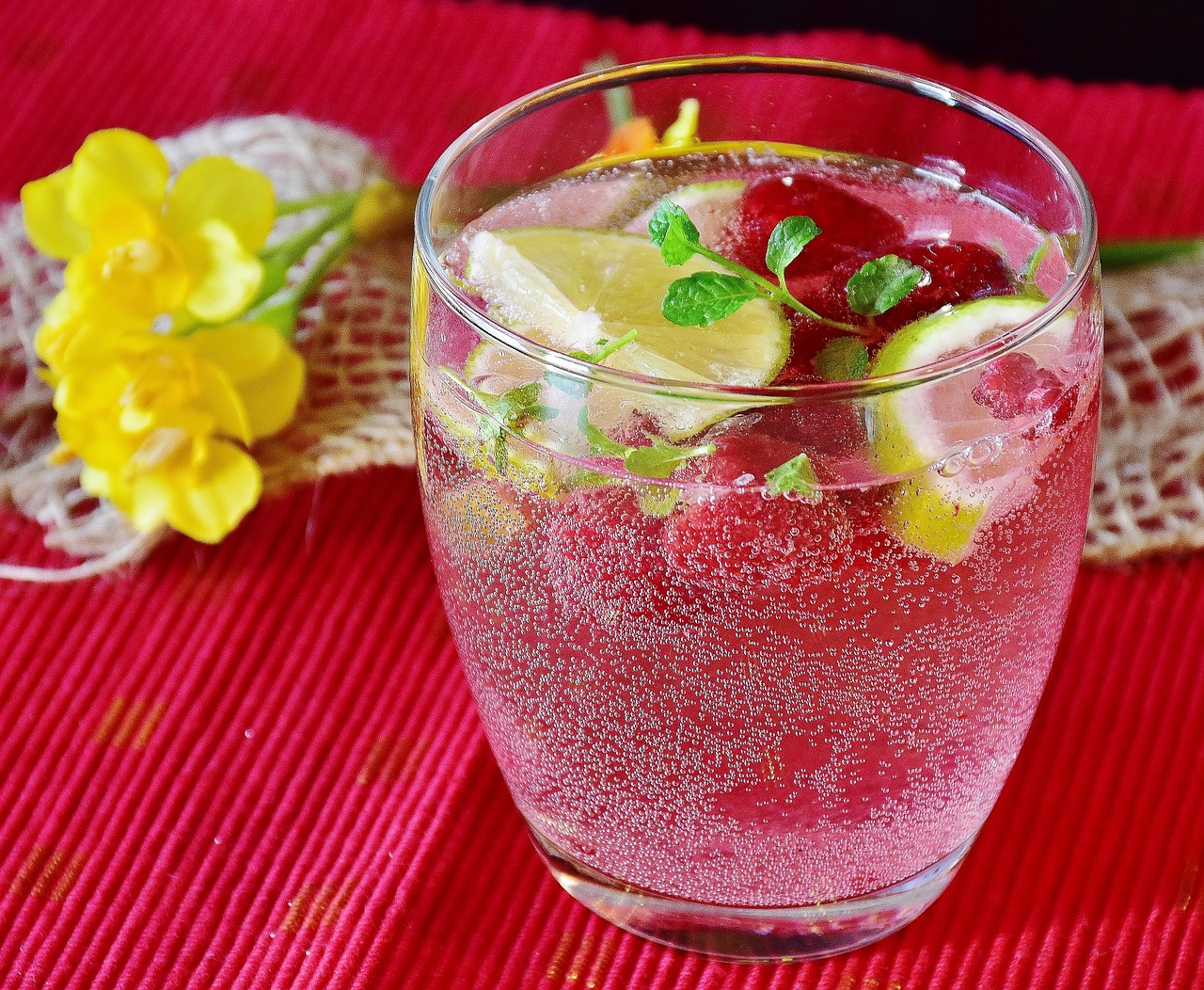
Italy is home to some of the world’s finest mineral waters. These natural waters, sourced from pristine springs and aquifers throughout the country, offer not only refreshing hydration but also a host of health benefits. From the snowy peaks of the Alps to the volcanic soils of Sicily, Italian mineral waters are a testament to the nation’s diverse geography and commitment to quality.
A Rich Tradition of Wellness
Mineral waters have been valued in Italy for centuries, dating back to the Roman Empire when natural springs were revered for their therapeutic properties. Ancient Romans built elaborate bathhouses and spas around these sources, recognizing their potential to heal and rejuvenate. Today, this tradition continues as Italians and people worldwide seek out Italian mineral waters for their unique taste and healthful qualities.
The Geological Marvels of Italy
Italy’s diverse geological landscape contributes to the distinct profiles of its mineral waters. The country’s topography includes mountains, hills, plains, and volcanic regions, each influencing the composition of the water that flows through them. For instance:
•Northern Italy: The Alps and Dolomites, with their glacial origins, provide mineral waters rich in calcium and magnesium. These waters, such as those from the renowned San Pellegrino springs, are often effervescent due to natural carbonation, making them a popular choice for both drinking and culinary uses.
•Central Italy: The Apennine Mountains and Tuscany’s rolling hills are home to waters with a balanced mineral content, often featuring soothing properties attributed to their mild alkaline nature. Acqua Panna, sourced from Tuscany, is celebrated for its smooth, velvety taste.
•Southern Italy and Sicily: The volcanic activity in these regions imparts a distinctive mineral composition to the waters, with elements like potassium, silica, and bicarbonate. Ferrarelle, from Campania, is a prime example, known for its naturally sparkling character and mineral-rich profile.
Health Benefits and Culinary Uses
Italian mineral waters are more than just a refreshing beverage. They offer numerous health benefits due to their mineral content. Calcium and magnesium support bone health, while bicarbonate can aid digestion and neutralize stomach acid. The presence of silica is believed to promote healthy skin, hair, and nails.
In the culinary world, these waters are cherished for their ability to enhance flavors. Chefs often use them in cooking to improve the texture of doughs or to create lighter, fluffier pastries. The natural carbonation of certain mineral waters can cleanse the palate, making them an excellent accompaniment to fine dining.
Popular Italian Mineral Waters
1. San Pellegrino: Perhaps the most famous of Italy’s mineral waters, San Pellegrino is sourced from the Lombardy region. It is naturally carbonated and has a balanced mineral content that lends a refreshing taste and slight acidity, perfect for pairing with meals.
2. Acqua Panna: Sourced from the Apennine Mountains in Tuscany, Acqua Panna is a still water known for its smooth, velvety taste. It is low in sodium and has a balanced mineral composition, making it ideal for everyday hydration and gourmet dining.
3. Ferrarelle: This naturally sparkling water comes from the volcanic region of Campania. It is rich in minerals like calcium, magnesium, and potassium, offering a slightly tangy taste that is both refreshing and invigorating.
4. Levissima: Originating from the Valtellina valley in the Alps, Levissima is known for its purity and light, crisp taste. It is a still water with a low mineral content, making it a popular choice for those seeking a gentle, hydrating drink.
5. Uliveto: This water comes from the Tuscan hills and is known for its balanced mineral content, which includes calcium, magnesium, and bicarbonate. Uliveto is often recommended for its digestive benefits and mild taste.
6. Rocchetta: Sourced from Umbria, Rocchetta water is noted for its light mineral content and refreshing taste. It is often marketed as a beauty water due to its silica content, which is believed to promote healthy skin.
7. Lete: From the Campania region, Lete water is naturally effervescent and rich in minerals like calcium and magnesium. It has a balanced taste that makes it suitable for both daily hydration and pairing with food.
8. San Benedetto: This water is sourced from the Veneto region and is available in both still and sparkling varieties. San Benedetto is known for its purity and balanced mineral content, making it a versatile choice for hydration and culinary use.
9. Norda: Sourced from the Valsassina Valley in Lombardy, Norda water is prized for its low sodium content and crisp, clean taste. It is a popular choice for those seeking a pure, refreshing beverage.
10. Lauretana: Known as one of the lightest mineral waters in the world, Lauretana is sourced from the Alpine region of Piedmont. Its exceptionally low mineral content gives it a delicate taste and makes it ideal for people on low-sodium diets.
Sustainability and Quality Assurance
Italy’s commitment to environmental sustainability and quality assurance ensures that its mineral waters remain pure and safe for consumption. Rigorous standards are in place for sourcing, bottling, and distribution. Many Italian mineral water brands engage in eco-friendly practices, from sustainable sourcing to using recyclable packaging, to minimize their environmental footprint.
Conclusion
Italian mineral waters are more than just a drink; they are a celebration of nature’s purity and Italy’s rich geological heritage. Whether you seek the effervescent joy of San Pellegrino, the smooth elegance of Acqua Panna, or the mineral-rich refreshment of Ferrarelle, each sip of Italian mineral water promises a unique and healthful experience. So next time you reach for a bottle, remember you’re not just quenching your thirst—you’re partaking in a tradition that has been cherished for centuries.

